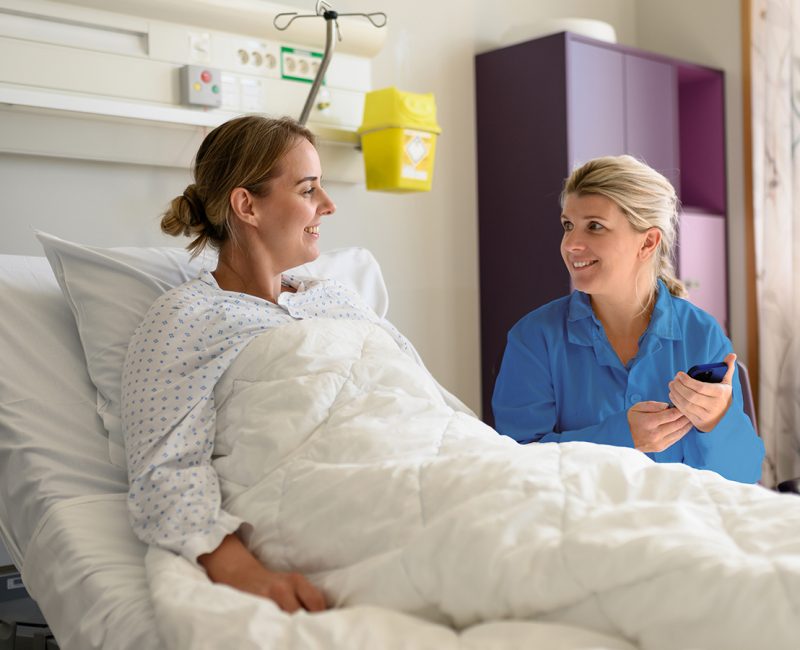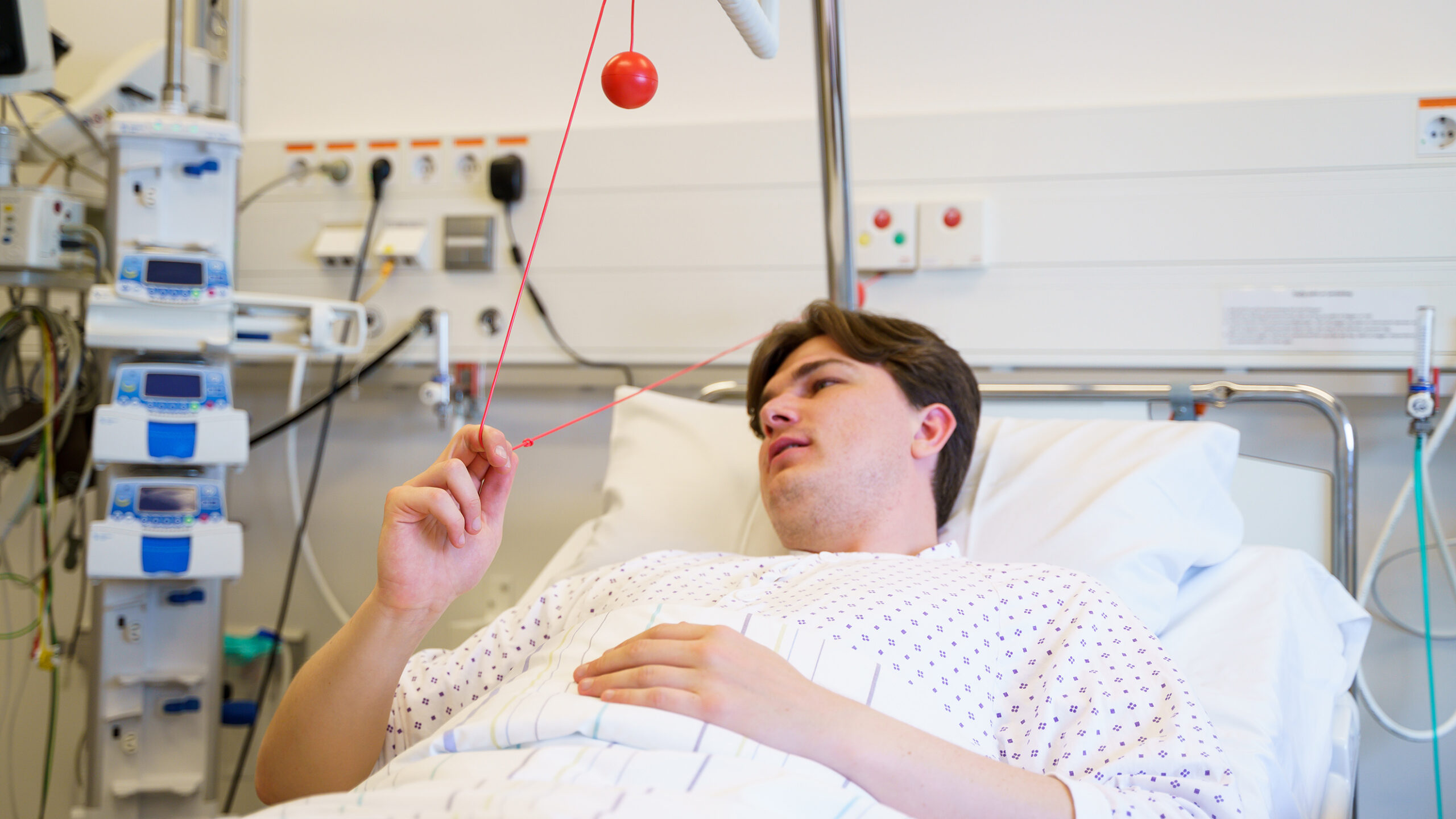Supporting the future of nursing with technology that empowers, not replaces
The challenge
Nurses are at the frontline of healthcare – juggling patient needs, documentation, coordination, and decision-making, often under pressure. Workforce shortages, growing patient demand, and rising complexity are intensifying the strain. The World Health Organization projects a shortfall of 10 million healthcare workers by 2030, with nurses making up the largest part of that gap.
To continue delivering safe, high-quality care, healthcare systems need new ways of working. But these solutions must lighten the load – not add to it.
The approach
Technology is a tool to support nurses – never a substitute for their clinical judgement or compassion. There are solutions designed to reduce manual work, simplify communication, and streamline tasks, giving nurses back valuable time to focus on what matters most, the patient.
Related case studies
Increased staff wellbeing
Learn how Royal Cornwall Hospital NHS Trust enhanced workflow efficiency and increased staff wellbeing >
Reduced nurse workload
See how Østfold Hospital Trust improved bed turnover and reduced nurse workload >
15-20% productivity gains
reported from Western Norway Regional Health Authority by streamlining administrative and logistical coordination.
How it works in practice
Smarter workflows, reduced stress
With resource and patient management, task management, and mobile communication tools, nurses can work more efficiently and collaboratively:
- A patient discharge automatically triggers a cleaning task for support staff, removing the need for nurses to follow up manually.
- Porters, cleaners, and catering staff receive and complete assignments directly through their mobile devices, so nurses can stay focused on clinical duties.
- Real-time dashboards help anticipate patient flow, allowing nursing resources to be adjusted proactively rather than reactively.
Mobile communication, less chasing
Using mobile communication and alarm management, nurses can:
- Receive alerts and updates directly on their phones.
- Have a full real-time overview of their patients, status and worklist on the go.
- Communicate with clinical and non-clinical teams without delays.
- Avoid acting as intermediaries between departments.
This reduces interruptions and improves coordination across the hospital.
From paper to patient-facing time
A digital platform helps eliminate paper-based workflows:
- Continuous monitoring and smart alerts replace manual observation schedules.
- Electronic handovers and documentation save time and reduce errors.
- Always have a real-time overview of where patients are – no need to manually update bed lists when patients are moved.
- Automated task management reduces administrative burdens.
More engaged patients, fewer routine requests
With patient involvement and self-services solutions, patients can:
- Check in, find their way, and manage appointments independently.
- Use their own devices to request assistance, order meals, and access information relevant for their stay such as responsible nurse and doctor, scheduled appointments and daily plan.
This frees up nurses from non-clinical requests reducing time-consuming trips and unnecessary burdens and empowers patients with greater control over their stay.
Related feature
Nursing Times | ‘Technology has a crucial role – not to replace nurses, but to empower them’ >
Results seen in practice
Hospitals using our solutions report:
15–20% productivity gains by streamlining administrative and logistical coordination
Fewer interruptions in nursing workflows
Improved staff satisfaction and retention
Faster response to patient needs
A clearer overview of capacity and patient flow


Why it matters
The future of nursing isn’t about screens replacing humans – it’s about smarter systems supporting them.
Digital tools, when well-integrated and thoughtfully designed, allow nurses to spend more time with patients, reduce stress, and stay ahead of demand without being overwhelmed.
By involving nurses in design, implementation, and ongoing refinement, technology becomes a trusted ally and not a burden.
Want to learn how technology can empower nurses?
Want to be inspired on how technology can support—not replace—nurses in their daily work? Our solutions help reduce stress, streamline tasks, and free up time for patient care.
If you’re exploring ways to improve nursing workflows without adding complexity, we’d love to show you how.


